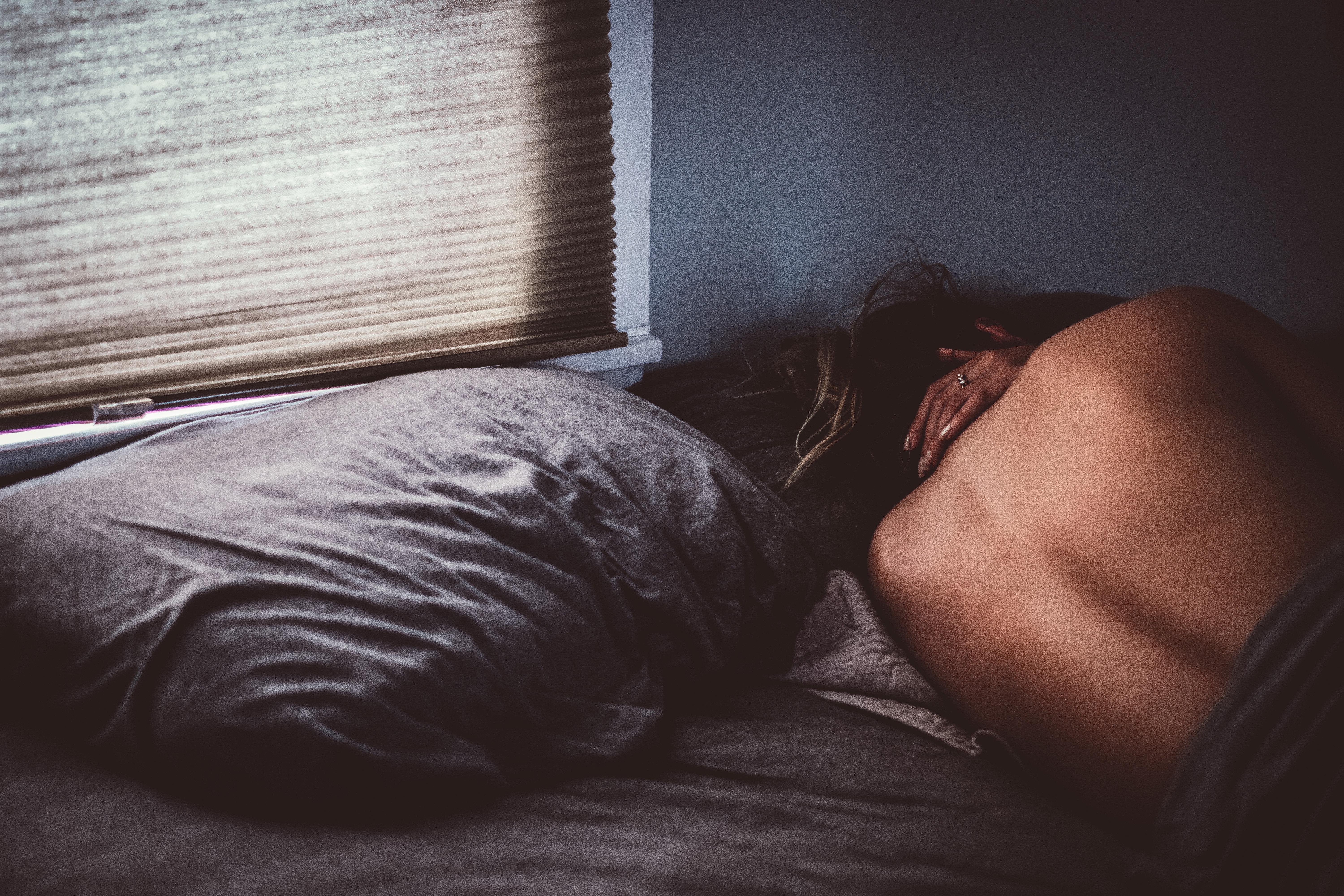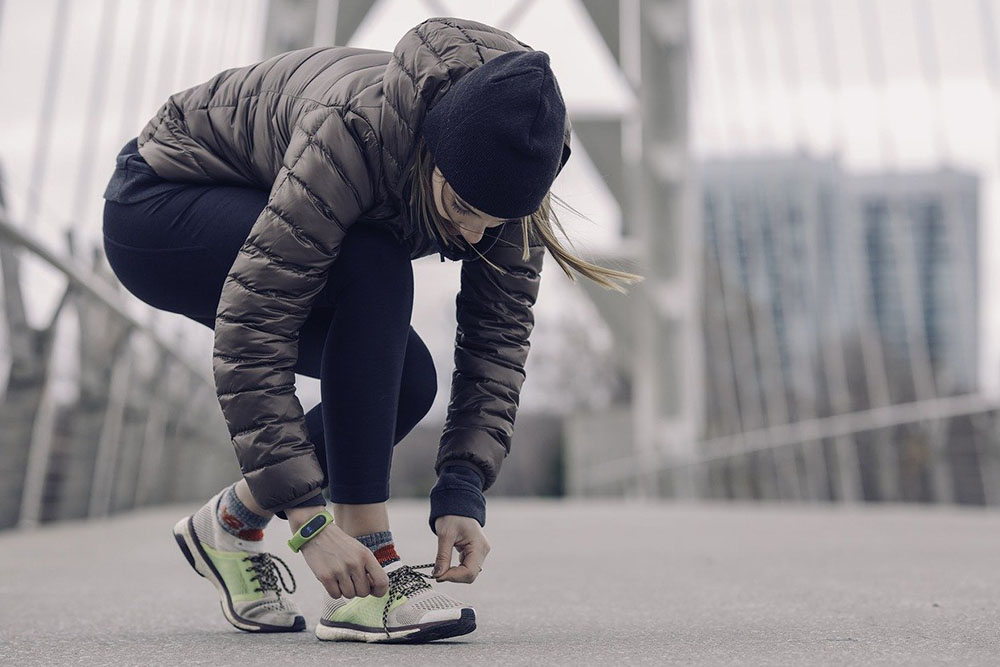Exercise, Airways, and Sleep Apnea Prevention

Gillian White, H.BSc., M.Sc., PhD (C)
University of Toronto, Department of Exercise Sciences
As previously discussed in the recent “What’s keeping you awake” article, both acute and chronic exercise has been shown to improve sleep quality. In a study using older adults (ages 50-76), sleep quality was shown to improve by 34%, sleep latency (how long it takes you to fall asleep) was reduced by 50% (from 30 minutes to 15 minutes on average), and sleep duration was increased by 42 minutes (on average) (shown in figure 1) (King et al. 1997).
Does Exercise Really Help?
 This study was also important for identifying exercise participation, as opposed to fitness changes as the most important indicator for improvements in sleep – so it’s not just sedentary people who can gain benefits of exercise for improving sleep (see previous article for tips on how to optimize exercise habits for sleep).
This study was also important for identifying exercise participation, as opposed to fitness changes as the most important indicator for improvements in sleep – so it’s not just sedentary people who can gain benefits of exercise for improving sleep (see previous article for tips on how to optimize exercise habits for sleep).
Further, a study using polysomnography (electrically detecting brain waves) showed that Slow Wave Sleep (the deepest phase of sleep) is the most dramatically affected in older adults who exercise (Vitiello et al 1994) – this is important because this phase of sleep is when bodily repair processes occur, brain cells have wastes cleared out, and vital organs are able to rest, overall improving the health of these systems.
Sleep Apnea Prevention
So while we can be confident that exercise is good for sleep benefits in otherwise healthy older adults, what about the 15% of the population that suffer from Obstructive Sleep Apnea? It’s been shown that physically active people have a lower risk of sleep apnea (Kline et al. 2011) but can exercise actually help reduce the symptoms for people with this condition?
OSA is a condition characterized by cyclic loss of breathing regulation during sleep (in people who have no breathing abnormalities when awake). This occurs due to the loss of tone to the upper airway muscles (muscles that keep the airway open) resulting in restriction or obstruction of breathing during sleep (Dempsey et al. 2010).
Obviously, this is not conducive to a good night’s sleep but In addition to increased daytime sleepiness, it is also associated with higher risk of cognitive impairment, cardiovascular disease, diabetes, and early death (that’s how important proper sleep is!) (Young et al. 2002).
The possibility for exercise to reduce symptoms and improve sleep quality for people with OSA is especially important because there currently aren’t any “cures” or treatments except for chronic positive air pressure (CPAP) masks that can be frustrating to sleep with (and startling when you wake up and see yourself in the mirror). But good news abounds, and again, the far reaching benefits of regular exercise extend to this condition that affects so much of the adult population and can cast a dark shadow over everyday activities and overall health.
 The Study
The Study
In a study conducted by Kline et al. in 2011, sleep apnea patients ages 18-55 were included in a 12 week exercise training study, totaling 150 min/week of exercise (the federal guidelines for daily physical activity). Participants were testing using polysomnography in a sleep lab pre- and post as well as the standard sleep questionnaire (Pittsburg Sleep Quality Index – see how your sleep stacks up). Improvements were seen in the Apnea-Hypopnea Index– the index used to score severity of apnea symptoms, in oxygen levels in the blood during sleep, and in N3 sleep quality. While the AHI score improvement was associated with exercise participation, the improvements in blood oxygen levels and sleep were associated with weight loss, so may not be as generalizable to a healthy weight population with sleep apnea symptoms.
Quality or Quantity
A number of mechanisms may be at play in the intervention of exercise for improving sleep quality in sleep apnea sufferers.
While the exact underlying disease process is not entirely understood, some possible contributors include daytime hypertension, oxidative stress (free radicals), chronic inflammation, insulin dysregulation (pre-diabetic/type 2 diabetic insulin regulation), and some possible neural mechanisms. Exercise has been shown to reduce hypertension, reduced oxidative status, normalize inflammation, and improve insulin regulation – so regular exercise may be acting on nearly all of the possible mechanisms underlying sleep apnea.
Additionally, on days when you exercise you experience reduced anxiety/stress that can disrupt sleep quality, greater muscle relaxation and reduced neural activation to muscles/organs, and a compensatory body cooling effect – all of which promote sleep onset and improved depth of sleep.
In conclusion, given the host of other health benefits provided by regular exercise, from brain health, to the immune system, to body composition and general physical functioning, replacing sleep medications for people with moderate sleep complaints or symptoms of sleep apnea is a no brainer.
Related Article: 7 Tips To Get You Sleeping Again
References:
King AC, Oman RF, Brassington GS, Bliwise DL, Haskell WL (1997) Moderate intensity exercise and Self-rated sleep quality in older adults. JAMA 277:32-37.
Bannerman, C. (1988) Sleep disorders in the later years. Postgrad Med 84:265-274.
Vitiello (1994) Slow wave sleep quality of healthy older men and women is improved by increased aerobic fitness. Sleep Res. 23:149.
Young T, Shahar E, Nieto FJ, et al. (2002). Predictors of sleep-disordered breathing in community-dwelling adults: the Sleep Heart Health Study. Arch Intern Med 162:893-900.
Kline CE, Crowley EP, Ewing GB, Burch JB, Blair SN, Durstine JL, Davis JM, & Youngstedt SD. (2011). The effect of Exercise training on obstructive sleep apnea and sleep quality: a randomized controlled trial. SLEEP 34(12):1631-1640.
Dempsey JA, Veasey SC, Morgan BJ & O’Donnell CP. (2010) Pathophysiology of Sleep Apnea. Physiol Rev 90(1): 47–112.
You Might Like:















